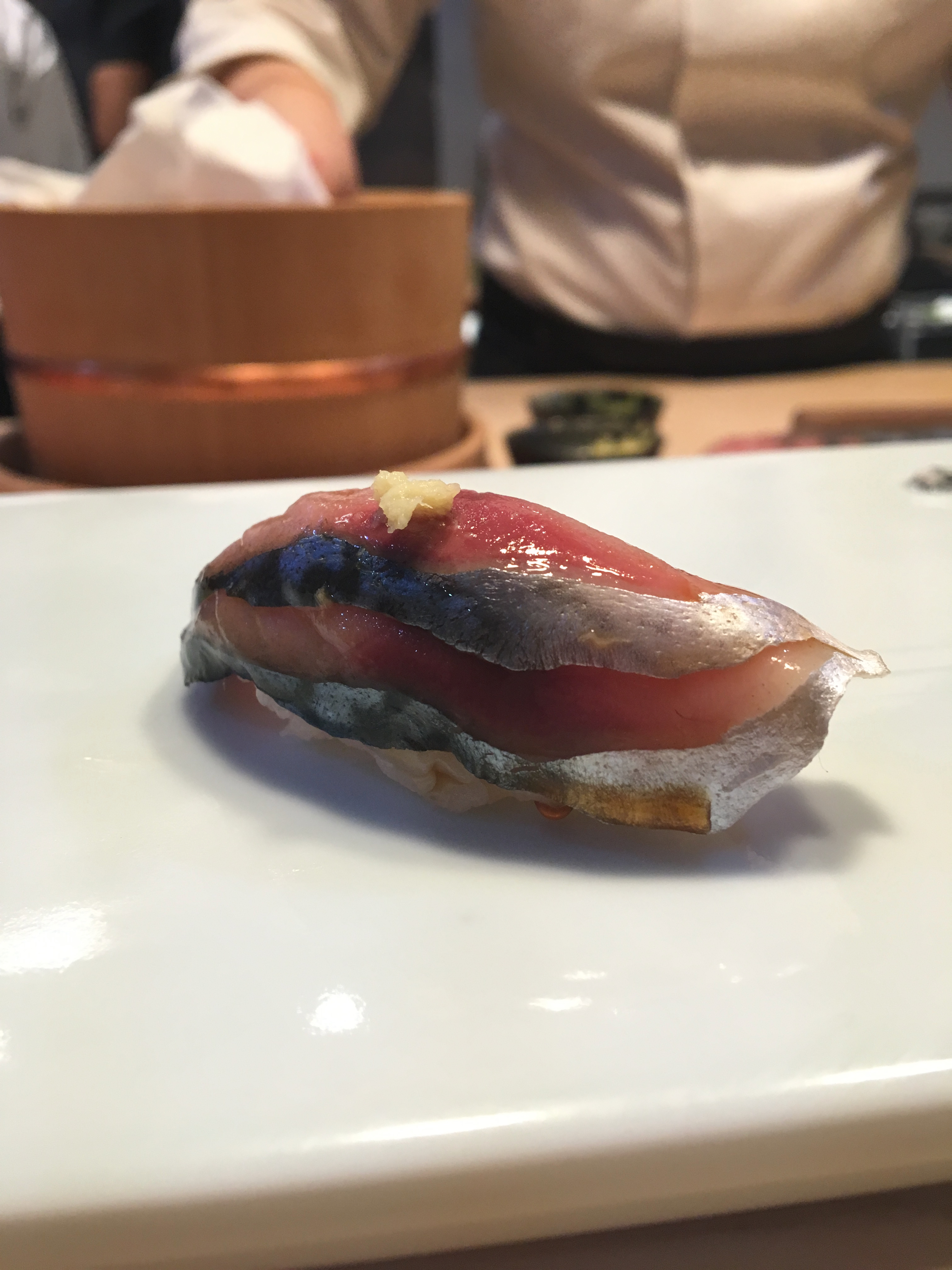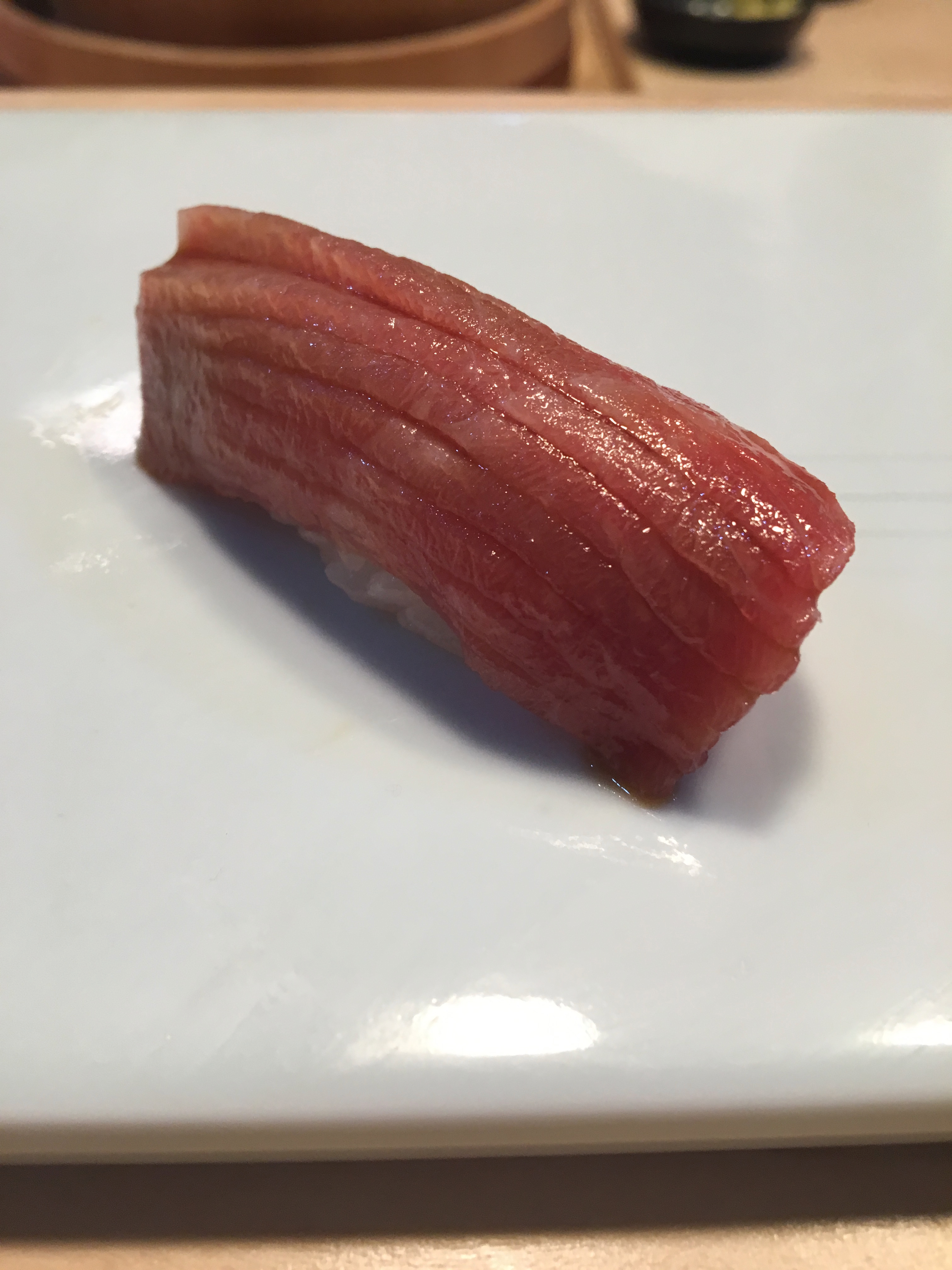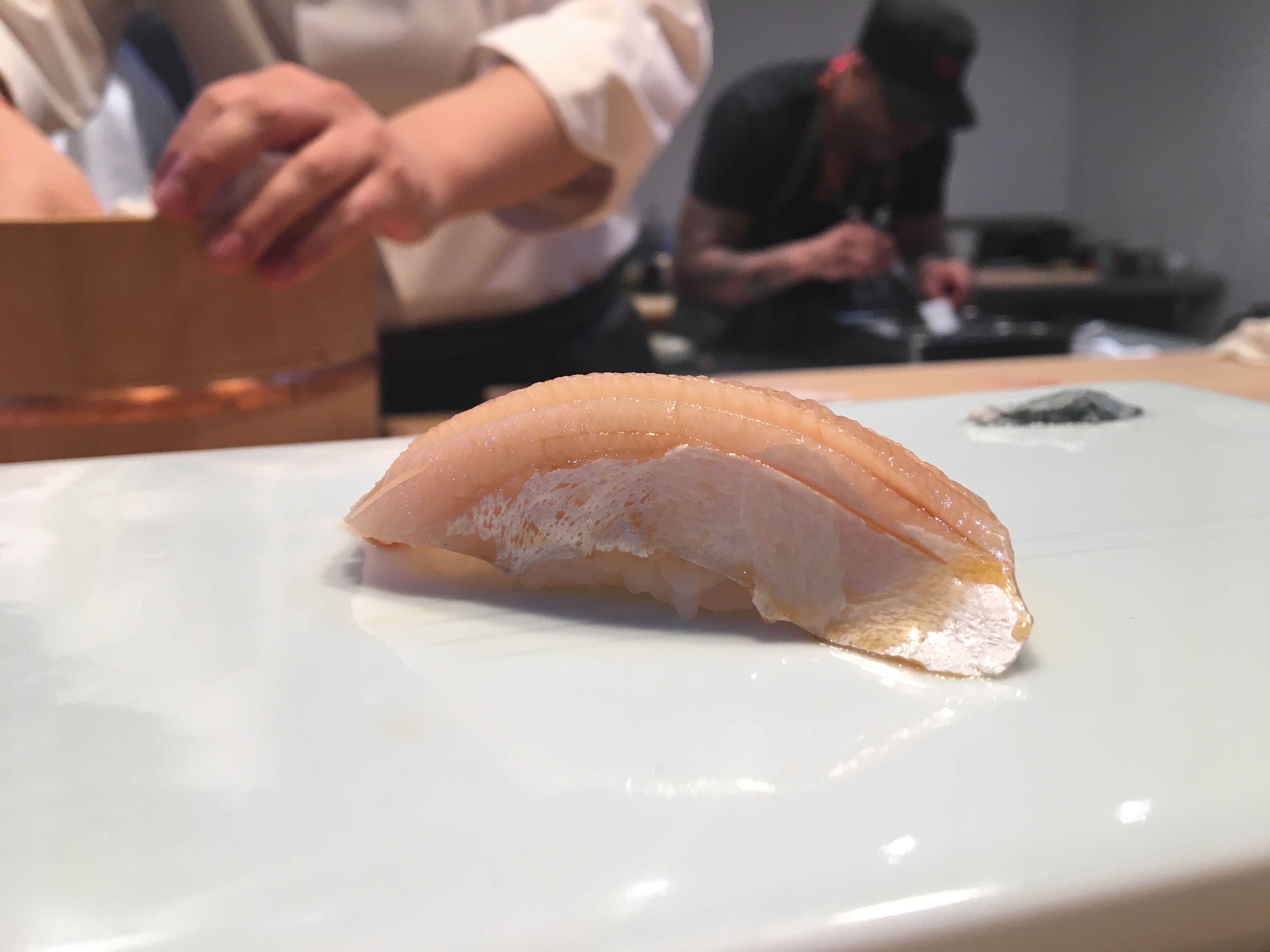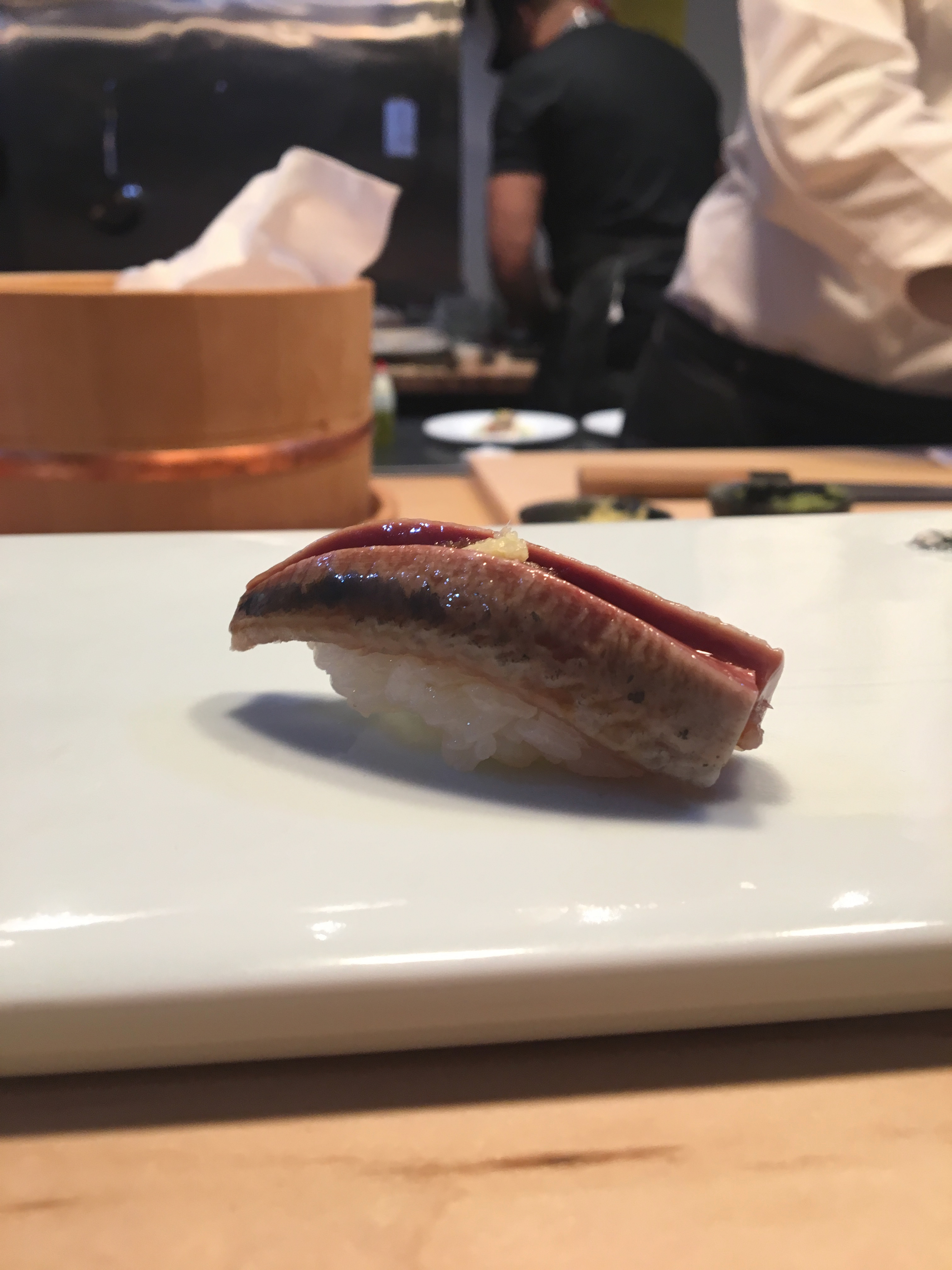A great person once said “choose a job you love to do, and you’ll never work another day in your life.” Which is the story of how I came this close to becoming a professional taste tester at Costco. In a weird way, it’s also the story of Restaurant Ato, Soho’s newest sushi adjacent offering, and (to my knowledge) the first ever Japanese-French fusion spot in New York City. The genesis of Ato – “Restaurant Ato” (is a lot to type each time) – is rooted in the credentials of head chef William Shen (pictured above). Chef William’s resume includes noted NYC luminaries and tourist flames Morimoto and Jean Georges (among others); it’s a diverse enough background that ignoring his french influences to focus solely on Japanese food would be doing both him and his training a disservice. Rather than just opening yet another omakase focused sushi restaurant in NYC – and believe me, friends, there are already plenty of those – William decided to stay true to his passion and infuse french techniques and flavours into his menu.
“Passion” is an important word, because – like good sushi – it’s tough to fake. If you happen to be a chef going through the motions at a place like Sushi of Gari, you’re not going to fool a discerning customer. But if you’re passionate about your food, despite the insane work days, the prohibitive cost and the fickle nature of human beings, that should shine through. And at Ato, it does. The menu takes Japanese dishes, and to unfortunately quote the most overused word in food lexicon, elevates them by combining the French methods and inspired sauces William is so passionate about. Like any good entertainment vehicle, there is a second act. Nigiri, perfectly formed through meticulous handling by William behind the bar. That sushi bar has four seats, with sushi prep and an open kitchen in front, and a half dozen tables lined against the windows and wall behind. It’s worth noting, that at 700 square feet, Ato will make you feel like you’re in a 4D ride at Disney World.
True to its roots as a French and Japanese restaurant, Ato offers both prix fixe and omakase options. The former features strictly tasting plates, while the latter includes those tasting plates plus a cavalcade of perfectly formed nigiri. And though it’s nominally called an Omakase, I would certainly consider it closer to Kaiseki, the traditional Japanese tea meal, which focuses on the immaculate presentation of fresh ingredients.
Presentation is certainly top of mind at Ato. The Sea Trout (pictured above) is placed on a pillow of carrot puree, with neither component overshadowing the other. The seared Bass, miso and potato puree is a french take on a dish that Nobu (RIP) made famous, without the immense portion size that hammers the flavours. Even dishes that sound iffy on paper were a pleasant surprise, like Sawara (Spanish mackerel), paired with dijon to produce a far more effective combination than, say, something like the Sushi Donut, which is an affront to all that is decent in this world.
Despite his passion for french food, I was actually more impressed with the preparation of the nigiri. That preparation – like that of any good itamae – starts far in advance of dinner service. Neta (fancy term for the topping) is aged to enhance flavour, a fact that Shen is all too willing to share (more later). Aging isn’t always the answer – for instance, I wouldn’t touch aged salmon, but with anything in the mackerel family, it works well. And when it comes to serving customers, Chef William meticulously forms each piece of nigiri so that the neta and the shari (sushi rice) come together in harmony. At lesser sushi restaurants, the fish sits on top like a hat. At Ato, the slope of the fish matches perfectly to that of the rice, as you’ll see in the pictures below.
Obviously, taste is a key component as well, and the rice at Ato was served slightly less than warm, which is my preferred temperature, though I would add that my reservation was at 5:45. To come full circle, yes passion is important, but so is skill; it would be a shame if Chef William ever completely removed sushi from his menu, because he clearly has talent.
Ato’s space is located in the heart of SoHo, and like many restaurants south of Houston (pronounced HOW-sten), space is limited (700 sq ft limited, to be exact). That limitation is the customer’s gain, as the kitchen and sushi counter are visible from every seat in the restaurant. Though I’ve seen complaints about service online, I had nothing but positive experiences. First, the restaurant is jointly owned and operated by Chef William and Katar Varivarn, the Front of House manager. For obvious reasons, having owners ingrained in the operations is a critical component of good customer service. Second, despite the sheer volume of courses, and the fact that he’s running an active kitchen, Chef William clearly explained the ingredients and process behind each dish. For a meal as complex as the omakase served at Ato, that information is valuable and far beyond the scope that I receive at other, more famous (and more expensive) sushi restaurants. One final note – Ato is a great spot for a romantic or formal dinner among friends, but it’s effectively a three man operation, so be prepared for 3 hours (or more). Though that could have just been me chatting up a storm like usual.




























